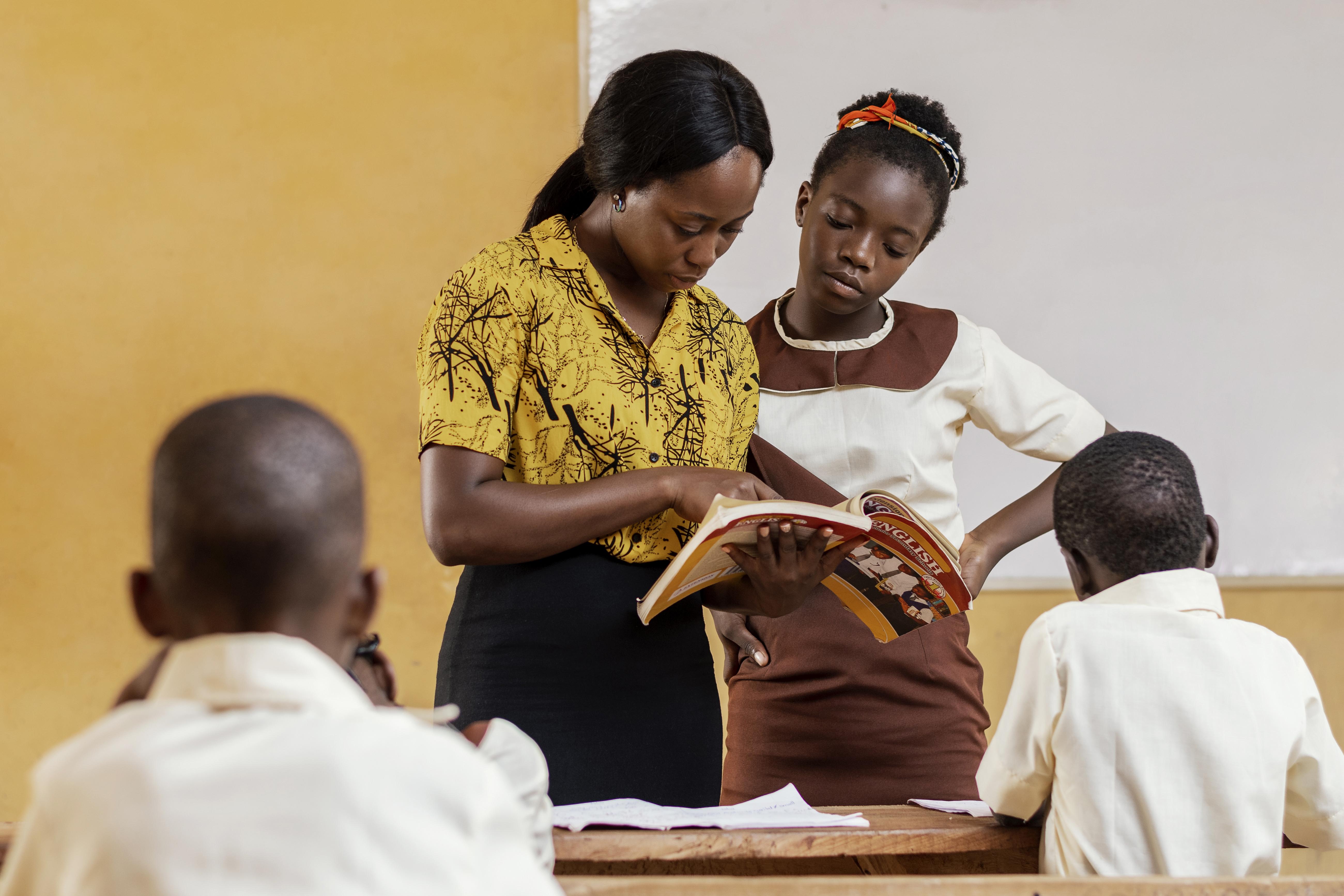How Many Grades Are in CBC? A Comprehensive Overview
KenyaHowTo Team
February 15, 2025

The Structure of CBC: Grades and Levels
The CBC is divided into three main levels: Early Years Education, Middle School Education, and Senior School Education. Each level consists of specific grades designed to cater to the developmental needs of learners at different stages.
1. Early Years Education (Pre-Primary and Lower Primary)
The Early Years Education is the foundation of the CBC and includes; Pre-Primary 1 (PP1), Pre-Primary 2 (PP2), Grade 1, Grade 2, and Grade 3. This stage focuses on developing basic literacy, numeracy, and social skills. Learners are introduced to play-based activities that foster creativity, curiosity, and problem-solving abilities.
2. Middle School Education (Upper Primary and Junior Secondary)
The Middle School Education level comprises **Grade 4, Grade 5, Grade 6, Grade 7, Grade 8, and Grade 9. During this phase, learners are exposed to a broader curriculum that includes sciences, humanities, and technical subjects. The goal is to help students discover their talents and interests while building a strong academic foundation.
3. Senior School Education (Senior Secondary)
The Senior School Education level covers Grade 10, Grade 11, and Grade 12. At this stage, learners specialize in specific pathways based on their interests, talents, and career aspirations. The pathways include **Science, Technology, Engineering, and Mathematics (STEM); Social Sciences; Arts and Sports; and Technical and Vocational Education and Training (TVET)**.
Transition from Junior Secondary to Senior Secondary
One of the unique features of the CBC is the transition from Junior Secondary (Grade 7-9) to Senior Secondary (Grade 10-12). After completing Grade 9, learners undergo an assessment to determine their readiness for specialization in Senior Secondary. This ensures that students are placed in pathways that align with their strengths and career goals.
The Role of Parents and Teachers in CBC
The CBC places a strong emphasis on parental involvement and teacher support. Parents are encouraged to actively participate in their children’s learning journey by providing a conducive environment for homework and projects. Teachers, on the other hand, play a critical role in guiding learners through the curriculum, identifying their talents, and nurturing their potential.
Challenges in Implementing the CBC Structure
While the CBC structure is well-designed, its implementation has faced challenges. These include inadequate resources, insufficient teacher training, and the high cost of materials required for practical learning. Additionally, the transition from the 8-4-4 system has caused confusion among parents and educators, highlighting the need for better communication and support.
Conclusion: The Future of CBC in Kenya
The CBC’s 17-grade structure is a significant departure from the previous 8-4-4 system, reflecting a shift towards a more practical and inclusive education model. By focusing on skills, talents, and real-life applications, the CBC aims to prepare learners for the demands of the 21st century. While challenges remain, the collective efforts of the government, educators, parents, and other stakeholders can ensure the successful implementation of this transformative curriculum. As Kenya continues to embrace the CBC, the future of education in the country looks promising, with the potential to unlock the full potential of every learner.




